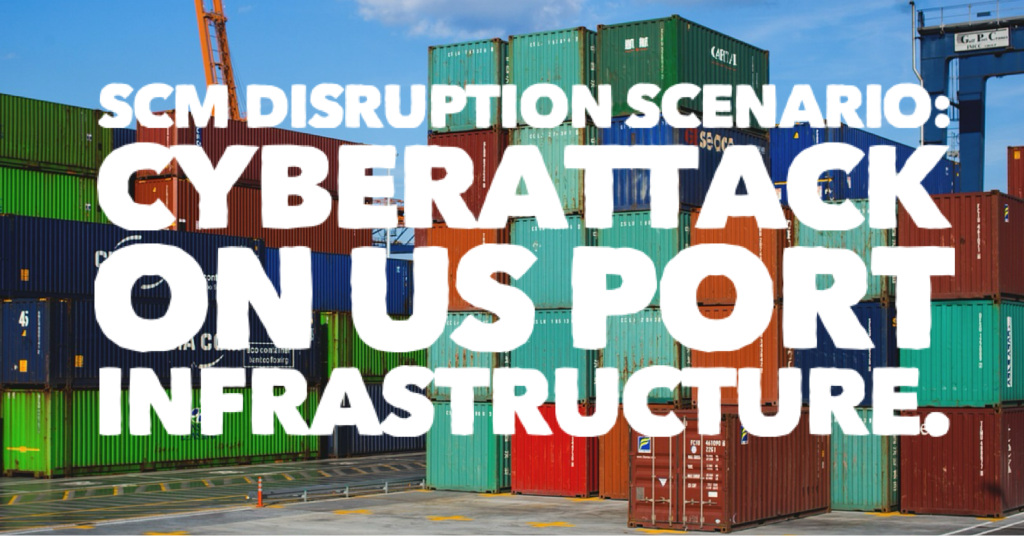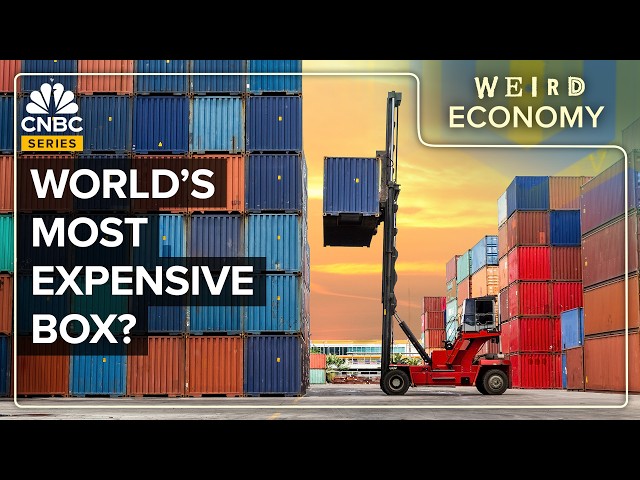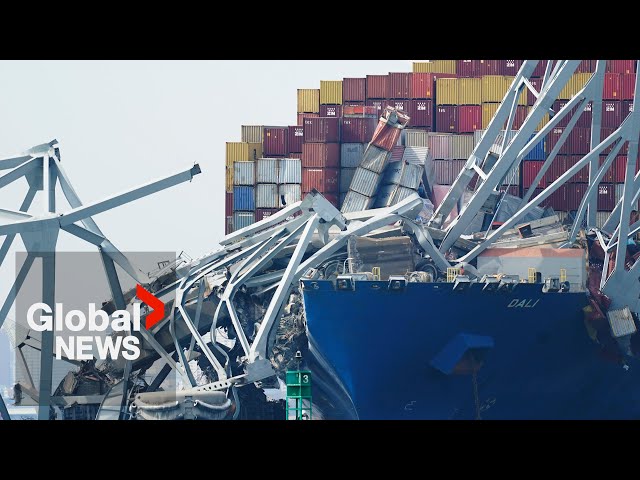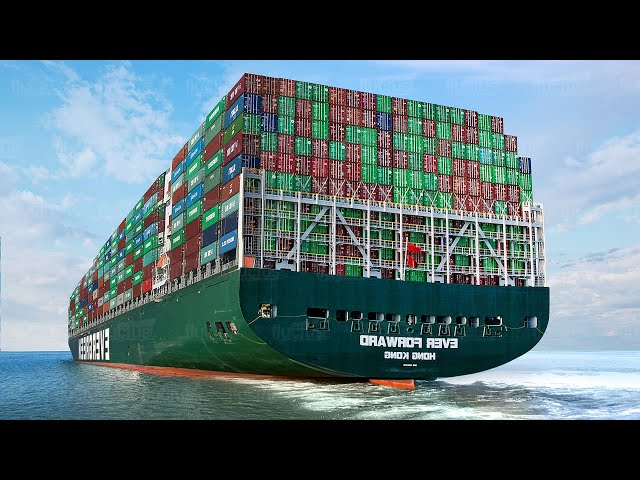How Shipping Containers Are Made.
This is how shipping containers are made. Containers are made in a factory using a variety of materials, including steel, aluminum, and fiberglass. The most common type of container is made from steel.
The manufacturing process begins with large sheets of steel that are cut to size. The sheets are then formed into corrugated panels, which are stronger and more durable than flat sheets. The panels are then welded together to create the walls, roof, and floor of the container.
Once the container is assembled, it is painted and fitted with doors and other hardware. The container is then inspected to ensure that it meets all quality standards.
Here is a more detailed breakdown of the manufacturing process:
- Steel preparation: The steel sheets are cleaned and primed to remove any rust or dirt.
- Corrugation: The steel sheets are corrugated to increase their strength and durability.
- Welding: The corrugated panels are welded together to create the walls, roof, and floor of the container.
- Painting: The container is painted to protect it from the elements.
- Hardware installation: The container is fitted with doors, locks, and other hardware.
- Inspection: The container is inspected to ensure that it meets all quality standards.
Once the container is complete, it is ready to be shipped to its destination. Containers can be used to transport a wide variety of goods, from food and beverages to cars and machinery.
Here are some additional facts about container manufacturing:
- Containers are typically made in standard sizes, which makes them easy to stack and transport.
- Containers can be customized to meet the specific needs of customers. For example, containers can be insulated, refrigerated, or fitted with special racks or shelves.
- Containers are a durable and reusable form of packaging, which helps to reduce waste.
Container manufacturing is a complex and precise process. However, the end result is a strong and durable container that can be used to transport goods safely and efficiently around the world.



